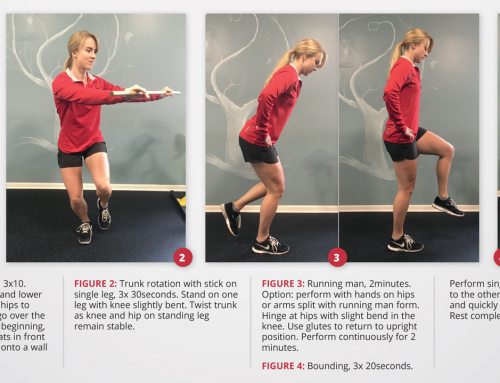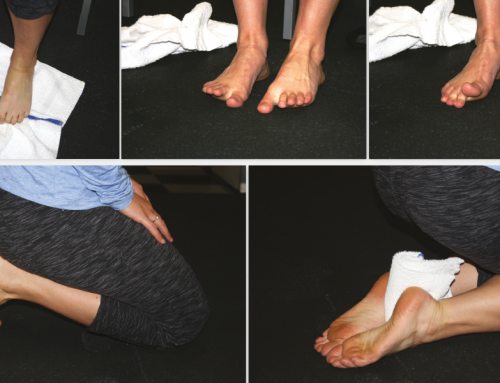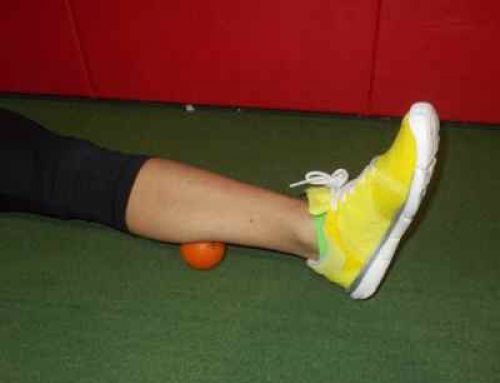Benjamin Franklin may not have been a runner but, he certainly spoke to a runner’s heart when he mused “an ounce of prevention is worth a pound of cure.” Whether you are new to running or well-seasoned, six or ninety-six, devoting time to strengthening and conditioning your body is key to reducing injury risks. Plantar Fasciitis, Achilles Tendinitis, Iliotibial (IT) Band Syndrome, Shin Splints, and Runner’s Knee are all issues most runners contend with at some point. Runners can steer clear of these issues by trying to learn what habits they have that may be causing pain.
The Root of the Problem
Owner of NC Center for Physical Therapy in South Durham Misty Pidgeon, PT, has been isolating the root causes of pain for 25 years and thrives with the challenge. Misty explains, “If the patient is motivated, we develop a plan of attack to eradicate pain without drugs and educate them how to prevent it from re-occurring. Our restorative approach includes hands-on manual therapy, myofascial release, E-stim, ultrasound and iontophoresis. Education is a major part of the protocol at NC Center for PT.”
Whether you enjoy running (or any sport) as a healthy way to stay fit and unwind, or you compete to win championships, injuries can take you out of the game. Dr. Chelsea Horgan, Doctor of Physical Therapy (DPT), CSCS states, “Just because you exercise regularly doesn’t mean all muscles are getting the same attention. Muscle imbalance, from something as simple as repeatedly running on the same side of the road, naturally strengthens some muscles more than others.
Muscle imbalances can cause painful symptoms or injuries in unexpected places. For instance, a soccer player can develop weak hips/buttocks leading to an ACL tear in the knee.”
Diagnosing the root cause of pain isn’t as straight forward as it might seem. However, discovering the root cause is imperative to recovering quickly and avoiding repeat occurrences.
How to Stay in the Game
Minor aches can turn into more serious injuries. So, it’s important to listen to your body to prevent those minor aches and pains from becoming a significant injury. Early intervention and education can help you understand the cause, recovery, and how to keep it from reoccurring.
Direct Access to a Physical Therapist
If you are a little late to prevention, you can see a physical therapist without a referral from a doctor. A private practice Doctor of Physical Therapy will spend an hour with you to isolate the source of your pain, develop a personalized plan to eliminate it, and decrease use of pain medication.






